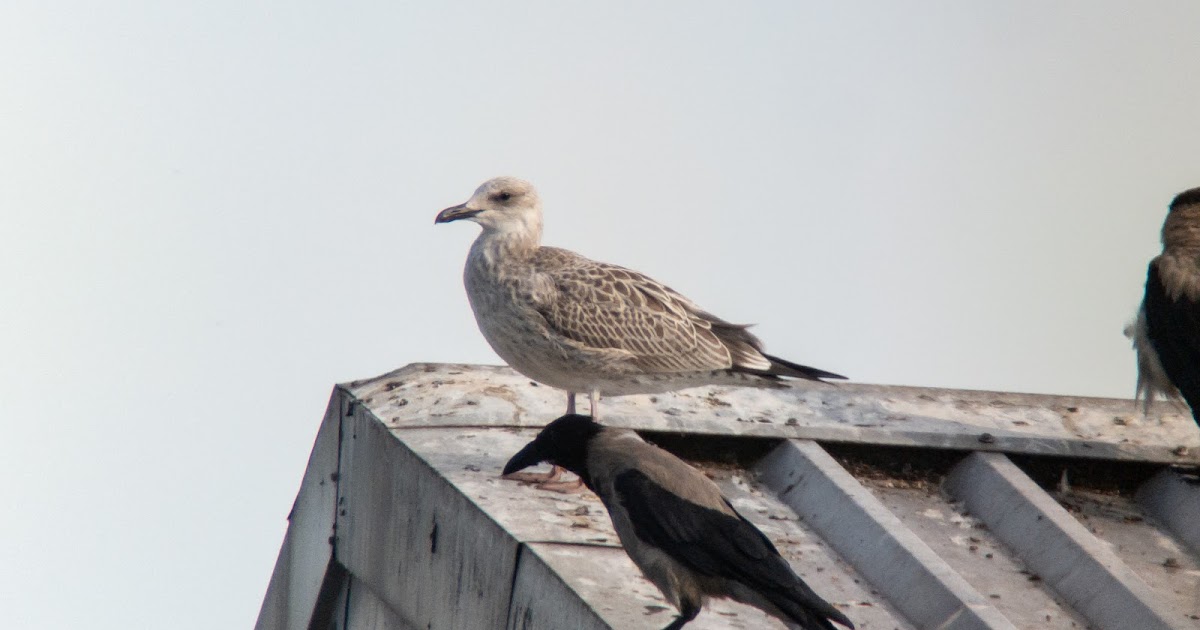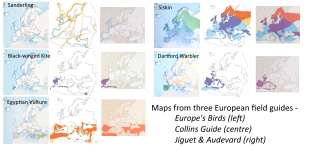I've now thoroughly gone through the book and have some preliminary observations. First off, it's wrong to see it as a potential replacement for the Collins Guide and I don't think it would pretend to be so but I think regarding it as such rather misses the point. Although many of us prefer the aesthetics of a guide with good quality artwork and embrace the advantages of such works (when done well), it remains the case that many prefer photoguides. In this context, Europe's Birds stands head and shoulders above its rivals. It will allow you to identify the birds you see with confidence (unless mega rarities). Even those of us who love the value of top quality paintings can still enjoy and get value from a comprehensive collection of good photos of birds married to a helpful text. The text is minimalist but functional and the comparative tables, pioneered in the earlier book, remain an excellent way in which to communicate key ID facts. For vagrants originating from beyond Europe Britain's Birds often provides the better account (e.g. stonechats) and also does so for commoner but highly variable species (e.g. Dunlin & Ruff). The only clear error I've found is that a headshot of Thekla Lark actually shows a Crested (and vice versa). Some vagrants (esp. American passerines) and introduced species get minimal treatment. Naturally for continental species, the new volume is far better. Keen listers will be disappointed by the "lumping" of redpolls, stonechats, etc. (but pleased the Cyprus Scops Owl is 'split'). It would probably have been a better book had it been faithful to the promise of its title and stuck to European birds. Stretching beyond the conventional limits of Europe merely makes it harder to fulfil its brief (and very few users will get the chance of seeing some of the species in the extreme east). The selection of many new photos is largely (but not always) an improvement. Strangely, some of the useful annotations to photos have been discarded. Overall, passerines are less generously treated than ducks, waders, etc. The maps are the biggest disappointment being less easy to read than similarly sized ones in other books and, at times, surprisingly inaccurate.
Bottom line - If I was birding by and for myself, I'd opt for the Collins Guide but if leading a walk for tyro birders the larger sized images of this guide would tempt me even if I had to carry it in a rucksack. Yes, the second edition will probably be much better but this one's certainly worth getting and unless it sells well there won't be that second edition anyhow!











